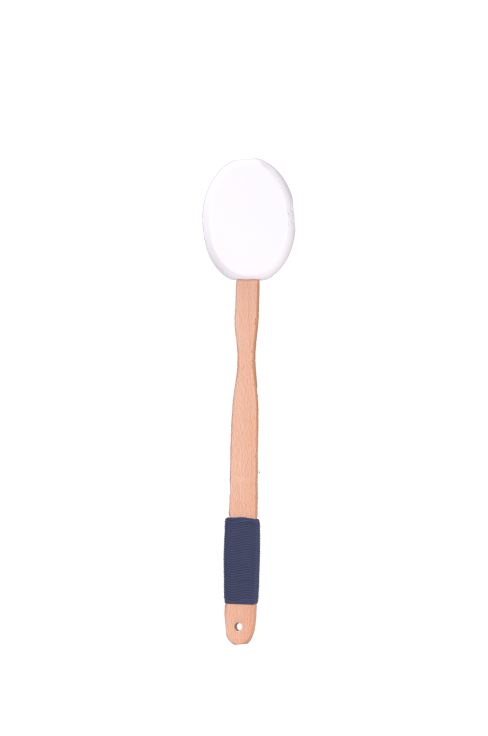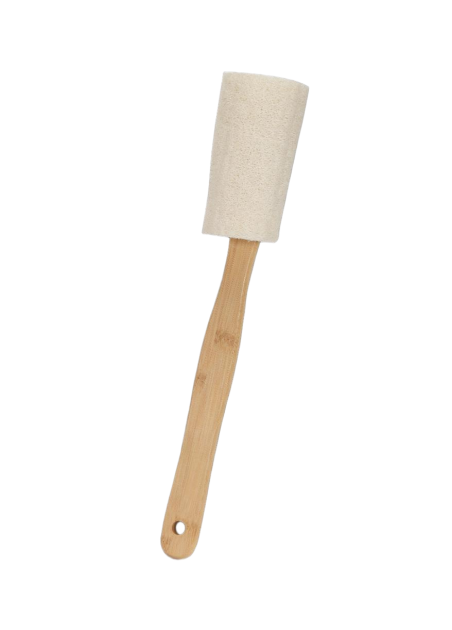1. Why is it important to clean your body brush?
Preventing bacteria and mold growth (most important!):
Dead skin cells, oil, and sweat from your body accumulate between the bristles. In the humid environment of the bathroom, this residue becomes a perfect breeding ground for bacteria and mold.
Using a brush laden with bacteria, especially in the tiny, invisible breaks caused by dry brushing, can cause irritation, allergies, and even folliculitis (small red spots or breakouts).
Maintaining brush performance:
Oil and flakes of skin can cling to the bristles, making them stiff and losing their elasticity, significantly reducing their cleaning and massage effectiveness.
Preventing odor:
Deteriorated organic matter can create an unpleasant, musty odor.
2. How to properly clean a body brush?
Daily/Quick Cleaning (recommended after each use):
After use, quickly rinse the bristles under running water while gently moving them with your fingers to remove any surface flakes.
Shake vigorously to dry.
Blot dry with a towel. Store in a dry, well-ventilated area. Avoid sealed containers or damp corners.
Regular deep cleaning (recommended every 1-2 weeks):
Prepare the solution: Add a few drops of mild shampoo, body wash, or dishwashing liquid to a basin of warm water. Stir well.
Soak and agitate: Soak the bristles in the solution for approximately 5-10 minutes. Avoid soaking the wooden handle for extended periods to prevent cracking.
Gently scrub: Use your fingers or an old, soft-bristled toothbrush to gently agitate and scrub the bristles to remove trapped dirt.
Rinse thoroughly: Rinse thoroughly under running warm water until no suds remain, ensuring that all detergent is completely rinsed.
Remove excess water: Squeeze the bristles as dry as possible with your hands, then wrap the bristles in a dry towel and press firmly to absorb the moisture.
Air dry thoroughly: Place the brush bristle-side down in a well-ventilated area away from direct sunlight. Pointing the bristles downward is crucial, allowing any accumulated moisture to drain away from the base of the brush, rather than pooling around the handle and causing mold.
Never use a hair dryer or radiator; the high temperatures can damage the natural bristles and the wooden handle.
For silicone or plastic brushes:
These brushes are easier to clean and dry faster.
They can be cleaned directly with the above solutions, or they can be disinfected by soaking in diluted white vinegar or disinfectant.
After rinsing, allow the brush to air dry or wipe dry with a clean cloth.
3. When should you replace your body brush?
Even with meticulous care, a body brush has a lifespan. Consider replacing it if:
The bristles are falling out excessively, deforming, or severely collapsing.
The bristles remain matted together and won't return to their original fluff, even after vigorous washing.
The wooden handle is cracked or moldy.
Even after careful cleaning, the brush still has an odor that persists.


 En
En
 English
English Français
Français-1.jpg)
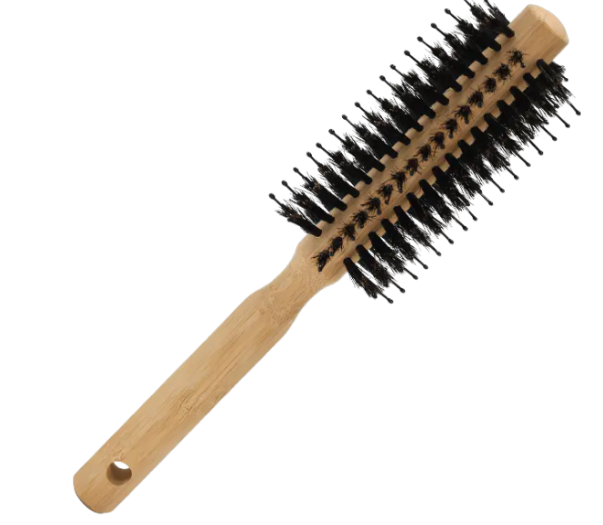
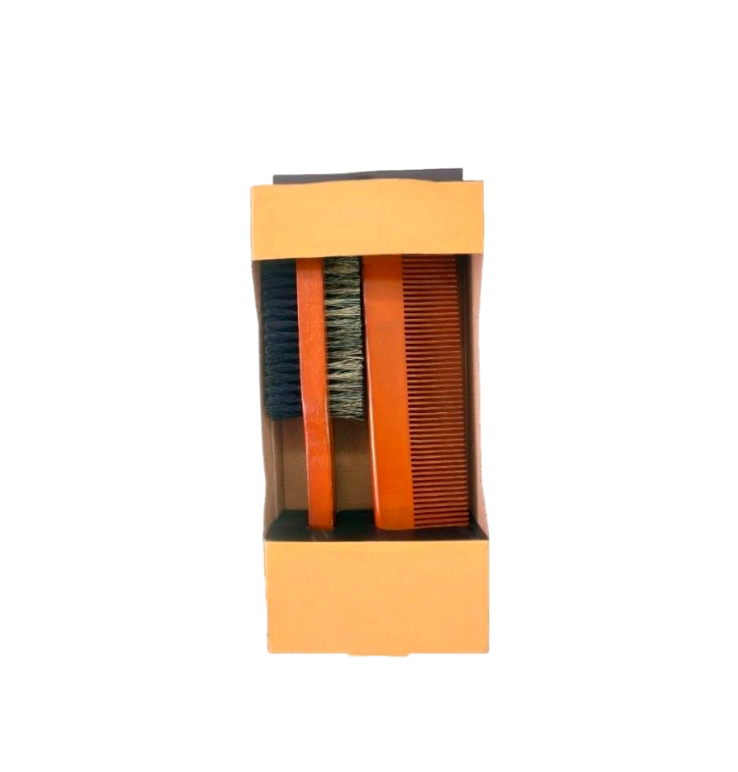
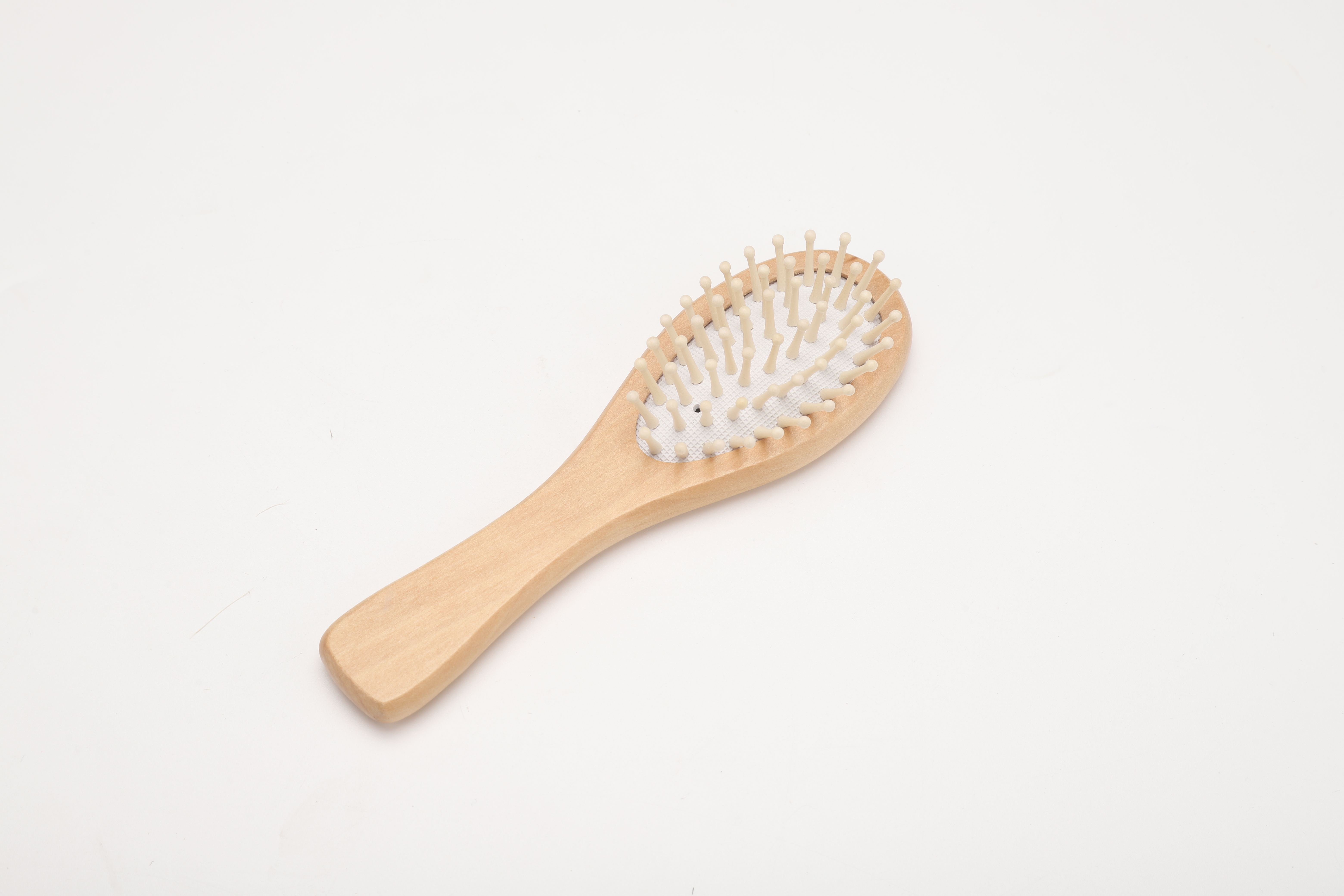
.png)
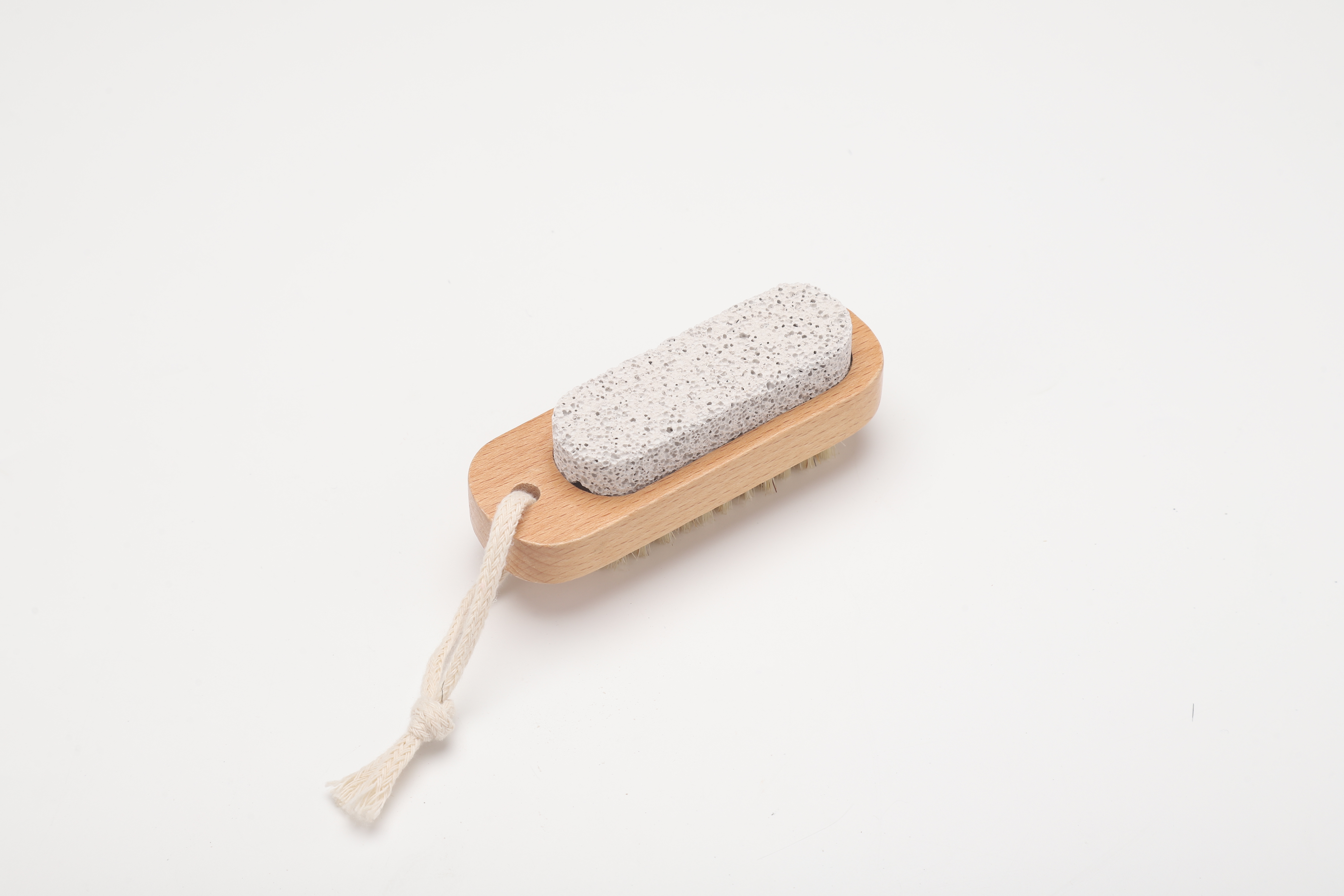
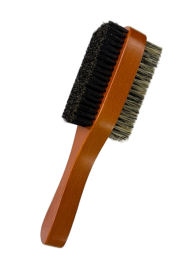
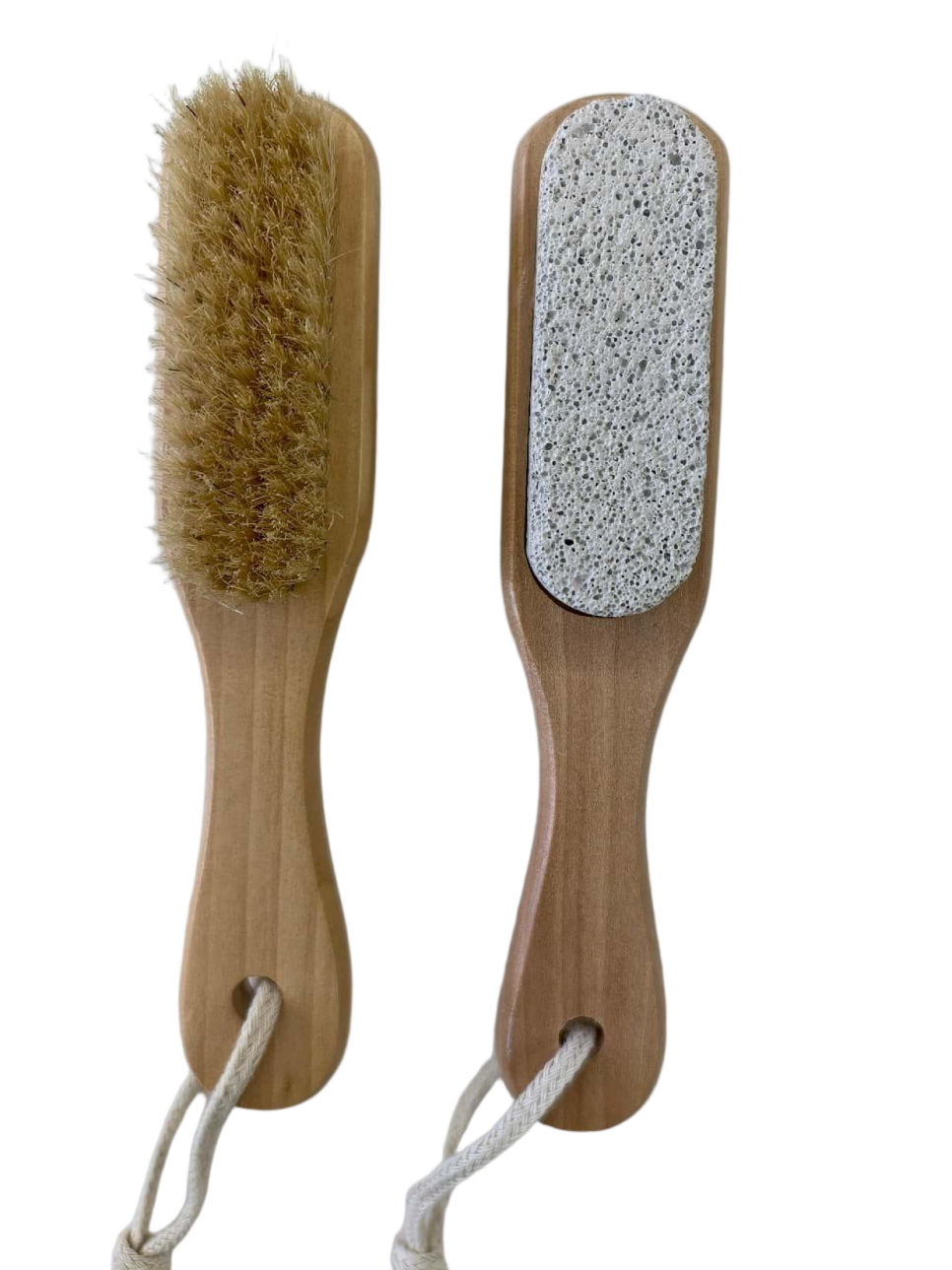
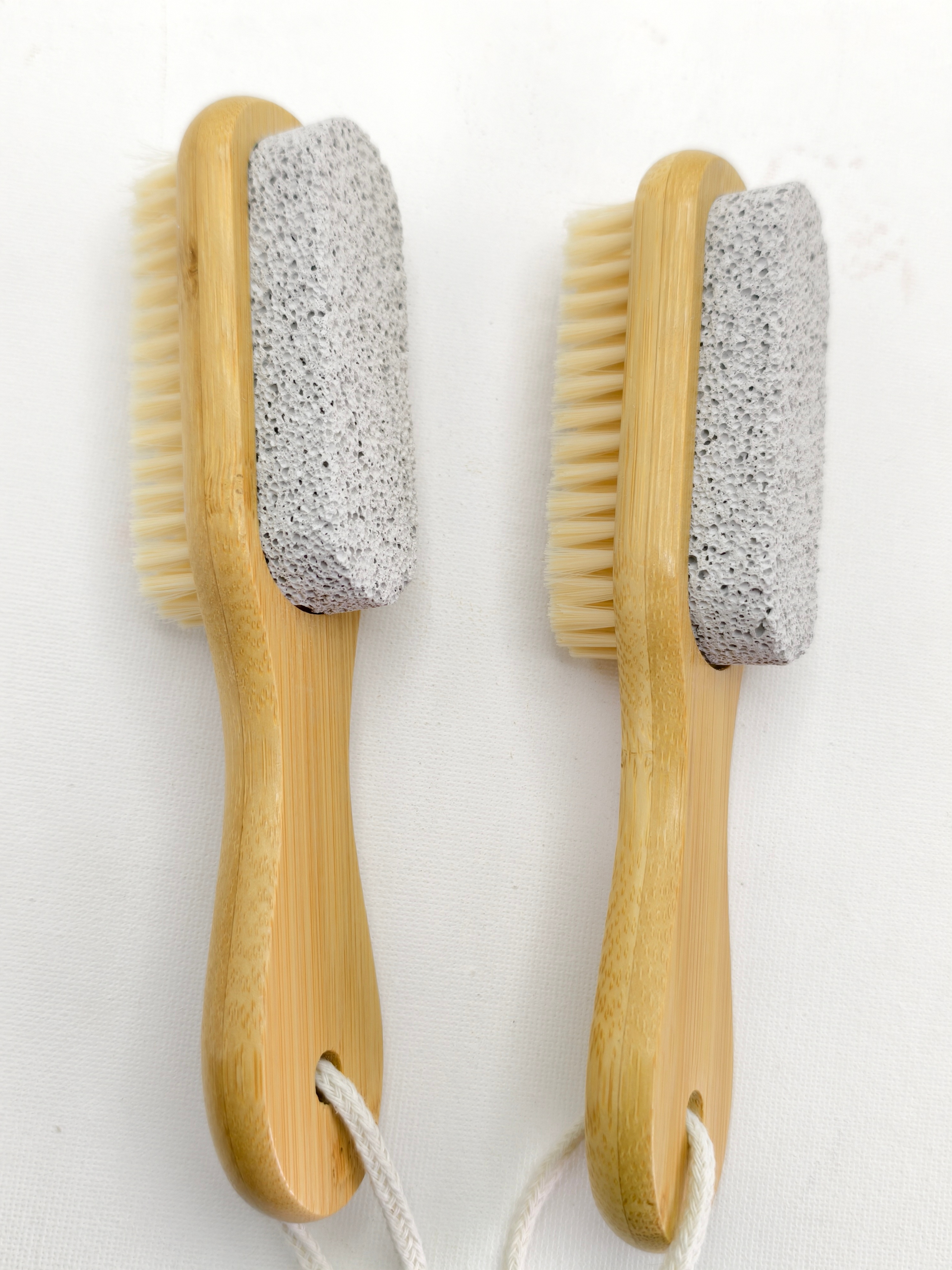
.jpg)
.jpg)
